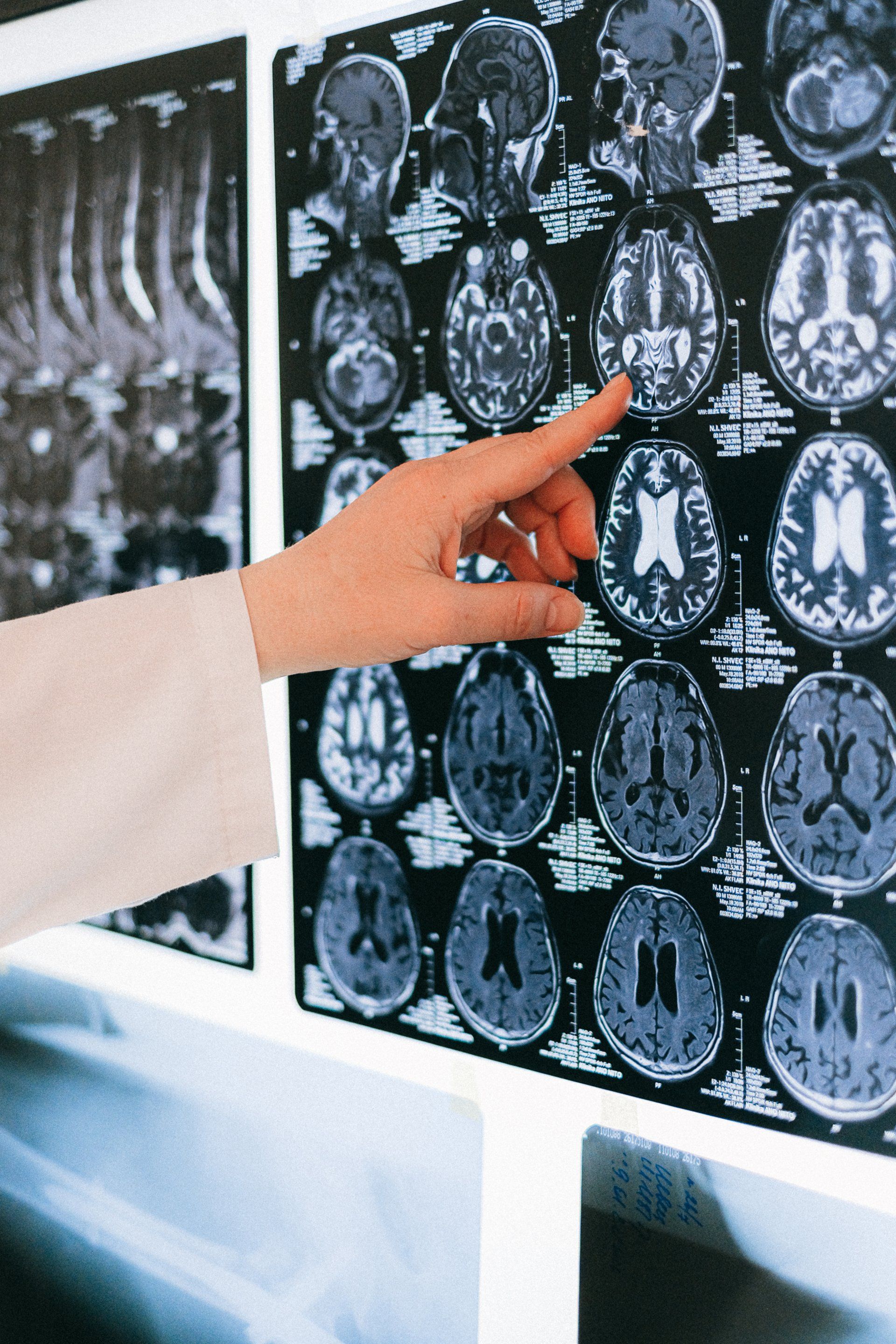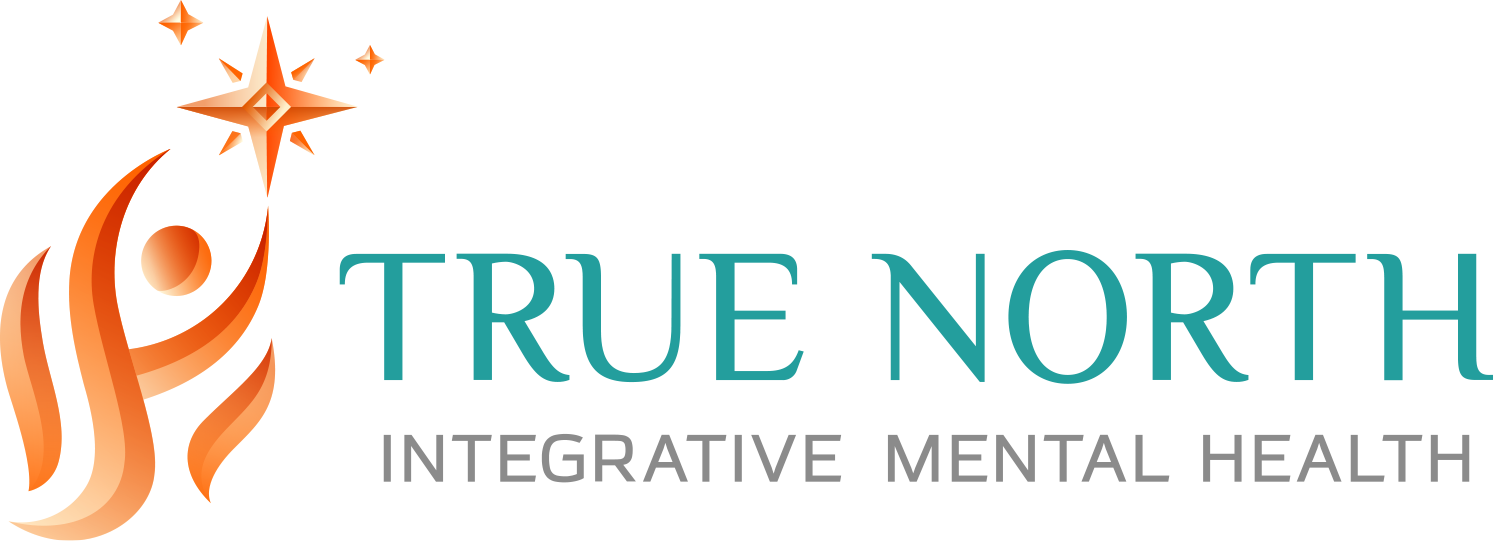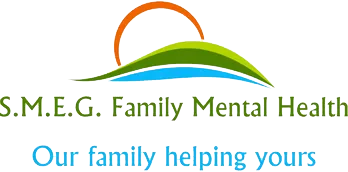TMS (Transcranial Magnetic Stimulation): What It Is
Dr. Jamie Rogers • January 27, 2024
Transcranial Magnetic Stimulation (TMS) may sound like a concept straight out of a science-fiction movie, but it's far from fictional. In fact, it's a groundbreaking approach to treating a range of neurological and psychiatric disorders. As the name suggests, TMS involves the use of magnetic fields to stimulate nerve cells in the brain. But what exactly is TMS? How does it work? And could it potentially be the answer for those who have found little relief in traditional treatment methods?
In this blog post, we will dive deep into the world of TMS, strip away the complexity, and present this exciting medical technology in a way that is easy to understand and appreciate.
What Is TMS and How Does It Work?
TMS is a noninvasive procedure that involves placing a treatment coil against or just above the scalp. This coil is powered by a machine that generates magnetic fields. These
fields can pass unimpeded through the skull and into the brain. Once there, they stimulate areas of the brain involved in mood control and depression. Here is a simple breakdown of the process:
- Step 1: Placement of electromagnetic coil: A medical professional places an electromagnetic coil against the patient's scalp near the forehead.
- Step 2: Generation of magnetic fields: The TMS machine generates magnetic fields, which are sent through the coil into the brain.
- Step 3: Stimulation of brain cells: These magnetic fields stimulate nerve cells in the region of the brain involved in mood control.
- Step 4: Improvement of depression symptoms: Through this stimulation, TMS can significantly reduce or even eliminate the symptoms of depression.
The entire process is safe, and while it might sound intimidating, most patients experience minimal discomfort.
Benefits of Using TMS for Mental Health Treatment
- Effectiveness: TMS has been found to be effective in treating various mental health conditions, especially when conventional treatments have failed. It is particularly beneficial for patients with treatment-resistant depression.
- Non-invasive: Unlike other treatments like electroconvulsive therapy, TMS is non-invasive. The patient remains awake throughout the procedure, and there are
no systemic side effects.
- Improvement in Quality of Life: Many patients report a significant improvement in their quality of life after TMS therapy. It can help restore normal function and
enjoyment in daily activities.
- No Medication: For those who cannot tolerate or do not respond to antidepressant medications, TMS offers an alternative path to recovery.
- Safety: TMS is approved by the Food and Drug Administration (FDA) and is considered a safe procedure with minimal side effects.
The Difference Between TMS and Other Forms of Brain Stimulation Therapy
TMS holds a unique position among brain stimulation therapies due to its non-invasive nature and certain distinct advantages over other methods. Let's take Electroconvulsive
Therapy (ECT) and Deep Brain Stimulation (DBS) for comparison.
Electroconvulsive Therapy (ECT): Unlike TMS, ECT requires general anesthesia and induces a brief seizure. While it's effective for severe depression, it can lead to short-term memory loss and confusion.
Deep Brain Stimulation (DBS): DBS involves surgically implanting electrodes within certain areas of your brain. These electrodes produce electrical impulses that regulate abnormal impulses. The level of stimulation is controlled by a pacemaker-like device placed under the skin in your upper chest. While it's typically used for Parkinson's disease, its invasive nature and potential risks make it less ideal for mental health treatment.
On the other hand, TMS does not require anesthesia, does not induce seizures, and does not involve surgery. It is a simple outpatient procedure that allows patients to resume their normal activities right after treatment. These characteristics make TMS a more
attractive option for many patients and practitioners. However, choosing the right treatment ultimately depends on the individual's medical history, the severity of their symptoms, and how they respond to different treatments.
Common Misconceptions About TMS Debunked
- Misconception 1 - TMS is painful: While the patient may feel a slight tapping sensation during the procedure, TMS is generally not painful. Any initial discomfort tends to decrease over subsequent sessions.
- Misconception 2 - TMS is only for severe mental health conditions: TMS is not just for severe cases; it can be beneficial for a variety of mental health conditions and is often used when traditional treatment methods have failed.
- Misconception 3 - TMS has severe side effects: The most common side effect of TMS is a mild headache. Unlike other treatments, TMS does not cause memory loss, seizures, or require anesthesia.
- Misconception 4 - TMS results are temporary: The effectiveness of TMS can last for many months after treatment has ended. maintenance sessions can also be
scheduled to prolong the benefits.
- Misconception 5
-
All brain stimulation therapies are the same: As discussed earlier, TMS differs significantly from other forms of brain stimulation therapy like ECT and DBS, especially in terms of invasiveness and side effects.
How To Know if You’re a Good Candidate for TMS Treatments
Determining if you're a good candidate for TMS treatments generally involves the following considerations:
- Existing Treatments: If traditional treatments such as medication and psychotherapy are not effective for your condition, or if you experience severe side effects from these treatments, TMS might be a suitable alternative.
- Severity of Condition: TMS is an effective treatment for various mental health conditions, ranging from moderate to severe. Consult with your healthcare provider to assess the severity of your condition and to determine if TMS is a suitable treatment option.
- Physical Health: TMS is a non-invasive therapy and is generally safe for individuals in good physical health. However, individuals with certain physical conditions or implants (such as cochlear implants or stents) may not be suitable candidates for TMS therapy.
- Support Network: Having a strong support network can enhance the effectiveness of TMS treatment. This may involve friends or family members who can provide emotional support, or transportation to and from treatment sessions.
- Commitment: TMS treatment involves a significant time commitment, often requiring daily sessions over several weeks. Being prepared for this commitment is an important consideration when deciding whether TMS treatment is right for you.
The Process of Receiving TMS Treatments and What To Expect
Undergoing TMS treatments typically follows a careful and thorough process to ensure the best possible outcome. Here’s what you can expect from the process:
- Initial Consultation: This is the first step where your provider discusses your medical history, current symptoms, and previous treatment outcomes. Your provider will also explain the TMS treatment process in detail, potential side effects, and answer any questions you may have.
- TMS Treatment Plan Development: Based on the initial consultation, your provider will develop a personalized treatment plan. This plan outlines the frequency and duration of your sessions, and it's typically structured around your specific needs and schedule.
- First Treatment Session: During the first session, the provider will determine the best location and strength of the magnetic field for you. This is done through a process called motor threshold determination. Subsequent sessions will use these settings.
- Ongoing Treatment Sessions: Each TMS session lasts about 20 to 40 minutes. During the session, the coil is placed on your head, and the machine generates magnetic pulses. You may feel a tapping sensation on your scalp.
- Post-treatment Evaluation: After completing your treatment sessions, your provider will evaluate your response to the treatment and assess your symptom progress. If necessary, maintenance sessions may be scheduled.
Remember, everybody's experience with TMS is unique. Some may notice improvements within a few weeks, while others may take longer. It's important to maintain open communication with your provider about your progress and any side effects you may experience.
About True North Integrated Mental Health
True North Integrated Mental Health is a renowned mental health facility based in Greenville, NC, specializing in providing comprehensive therapeutic services to children and adults with various mental health needs. Our services encompass a wide range of therapy types, including the innovative TMS Therapy for Depression. Our commitment to mental health care, fine-tuned to the unique needs of each child, makes True North Integrated Mental Health a trusted resource for families seeking support for their children in the Greenville area.

Our Helpful Links
Schedule a Consultation
Get help with depression today! It's important to know that you are not alone.


